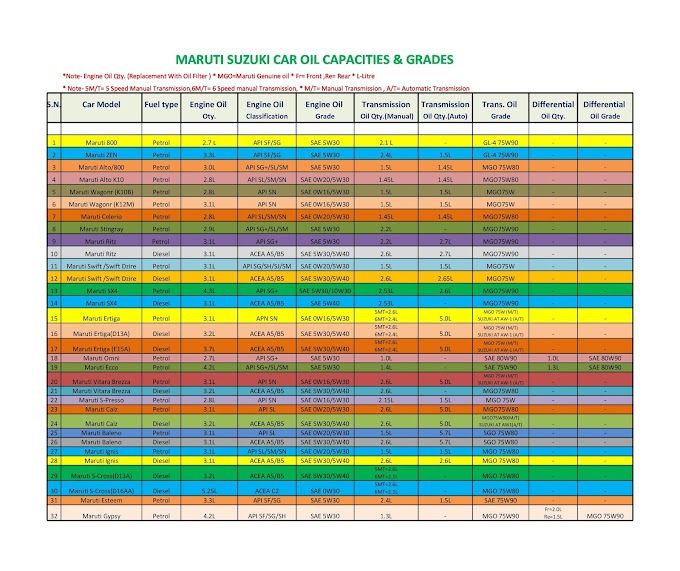

Typical Applications: On- and off-road diesel engines, including over-the-road tractor trailers, pickup trucks, construction and mining equipment, farming equipment, and more stationary diesel engines, such as generators and irrigation pumps.Īvailable SAE Grades: 15W-40 (8800/8801), 10W-30 (8130) Monolec® Engine Oil (8700-8730)

Monolec Ultra Engine Oil exceeds Mack, Cummins, John Deere, Allis-Chalmers, Detroit Diesel, Ford, GM, Chrysler, Caterpillar and other manufacturers’ requirements and it is backward compatible for use in older diesel engines. Extended drain service can be achieved with periodic filter changes and when using LE’s Xamine Oil Analysis Program. Available in 10W-30 and 15W-40 SAE grades, it increases engine life and provides improved fuel efficiency, rust protection and wear reduction. Used by small and large fleets all over the world, it contains shear-resistant viscosity index improvers that provide good viscosity properties at both high and low temperatures and are designed for extended drain intervals. If you’re looking to get the most out of your fleet’s performance, LE’s Monolec Ultra Engine Oil is CK-4-rated, heavy-duty oil that provides exceptional all-season performance for diesel engines. We have customers all over the world that use our engine oils and swear by their performance and ability to keep engines protected from wear and running at peak performance.Įxtended Drain CK-4 Diesel Engine Oil Monolec Ultra® Engine Oil (8800-8801 & 8130) LE engine oils are formulated to meet the needs of our industrial customers and in most cases easily exceed the Automotive Performance Institute (API) specifications for performance. Lubrication Engineers uses premium quality base oil and best-in-class additive technology to formulate engine oils that maintain their viscosity, keep engine wear to a minimum, and help ensure dependability. Typically, engine oils are made up of 70 to 90 percent base oil and 10 to 30 percent additives. The technology exists to build high-performance engine oils that can withstand conditions and rigors for diesel trucks, passenger cars, light duty trucks and stationary engines. Home » Lubricants » Engine Oils LE is your go-to destination for high performance engine oils eBook: Understanding Industrial Greases.eBook: Understanding Food & Beverage Lubricants.To find out what motor oil grade is right to keep your engine running as designed, check your vehicle manufacturer’s recommendations or simply Find Your Jiffy Lube ®. Most vehicle manufacturers specify multi-grade oils, though, both because they envision operation in a wide climate range and because efficient, emissions-controlled engines run at high internal temperatures. So your motor oil is always maintaining a delicate balance: it needs to flow well when the engine is cold but also retain enough body at higher temperatures to keep metal parts lubricated and separated.Įngines that operate in a narrow range (in lawnmowers or the like) may be just fine with a single-grade oil, such as a 30W. Too thin, and metal parts may contact and wear.

Oil thins with heat, of course, but if it thins too much it won’t be able to lubricate properly, which it does by keeping parts separated by a thin film of oil. High viscosities work better when it’s hot. Since motor oil is vital to lubricating your engine, it needs to get on the job quickly, and low viscosity helps it do just that when it’s cold. When you start a cold engine, motor oil needs to travel to the top of the engine before it circulates back down. Oil naturally “thickens” with cold, but a low viscosity, thinner motor oil flows more easily and moves quickly. Low viscosities are good for cold temperatures. For example, a 10W-30 motor oil means the viscosity is at 10W when the engine is cold and 30 when the engine is hot. So what do the numbers mean? The number preceding the W designates the viscosity at a low temperature, and the number following represents viscosity when the engine is hot. Apple juice has low viscosity, cold honey has high viscosity. The more viscous, the slower it will move. Imagine pouring motor oil out of the bottle how fast it comes out indicates the viscosity. Viscosity measures how much the motor oil can resist flow. You hear the word all the time when you are getting your oil changed, but exactly what is viscosity? It’s what the numbers and letters stand for on motor oil bottles - 10W-30 for example.


 0 kommentar(er)
0 kommentar(er)
